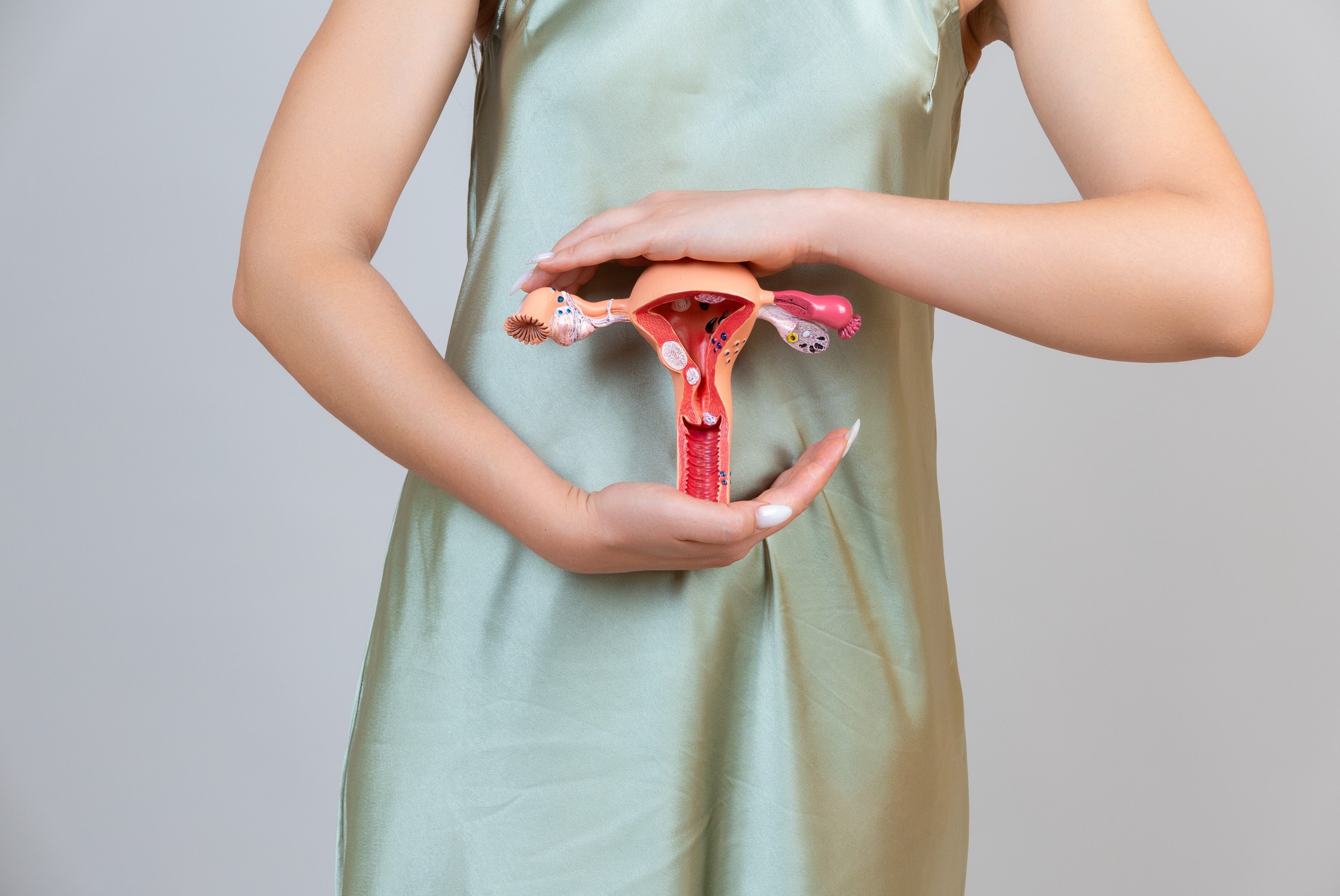Gynaecological Concerns
The female reproductive system is intricate with a fine cyclical balance between its organs. Each month, the lining of the womb undergoes changes for potential pregnancy which sheds when this does not occur. Every individual is unique even though most people would follow a common pattern. Sometimes unexpected pattern may cause concerns. Seeking expert opinion, either from your GP or Gynaecologist, is advisable when it is affecting your quality of life.

Menstrual pain is commonly experienced on the first few days of period. If it is debilitating or requires frequent sick leave, there may be underlying conditions, such as endometriosis, that need further investigation and treatment. Period pain does not have to be just part of life. There is no need to suffer in silence because help is available. The Pelvic Pain Foundation of Australia has excellent free resources for guidance.
Heavy periods or menorrhagia can lead to complications such as iron deficiency, anaemia and fatigue. Various causes, from hormonal imbalances to unwanted growths, can be the underlying cause. Your GP can organise blood tests and ultrasound as initial investigation. Managing menorrhagia typically involves a stepwise approach, beginning with non-hormonal medications before considering hormonal treatments or implants. In some cases, surgical interventions such as removing a polyp or fibroid may be required. Sometimes, “burning” the lining of the womb (endometrial ablation) or hysterectomy may be necessary.
Unusual bleeding whether between periods, after sexual
intercourse or well after menopause, should never be
ignored. Further investigation is essential. Ultrasound,
colposcopy and occasionally a hysteroscopy (camera into
the womb) may be required for further diagnosis and
planning the most appropriate treatment.
The tummy (abdomen and pelvis) contains multiple
organs, including the womb (uterus) and ovaries. They may
be a source of pain when there are growths such as ovarian
cyst or fibroids. Other organs like the bowel, bladder and
kidneys can also cause pain. Further diagnosis with
ultrasound and laparoscopy is valuable for further
investigation and treatment.
The female reproductive tract is uniquely positioned to
produce new life. Conception requires an intact and
functional system in addition to male factors. Assessing the
patency of the Fallopian Tubes by laparoscopy can be
performed as part of the work-up for subfertility. On the
other spectrum, the tubes can be “tied” or removed as a
permanent contraception. The latter is also shown to be
beneficial to reduce the risk of ovarian cancer.


